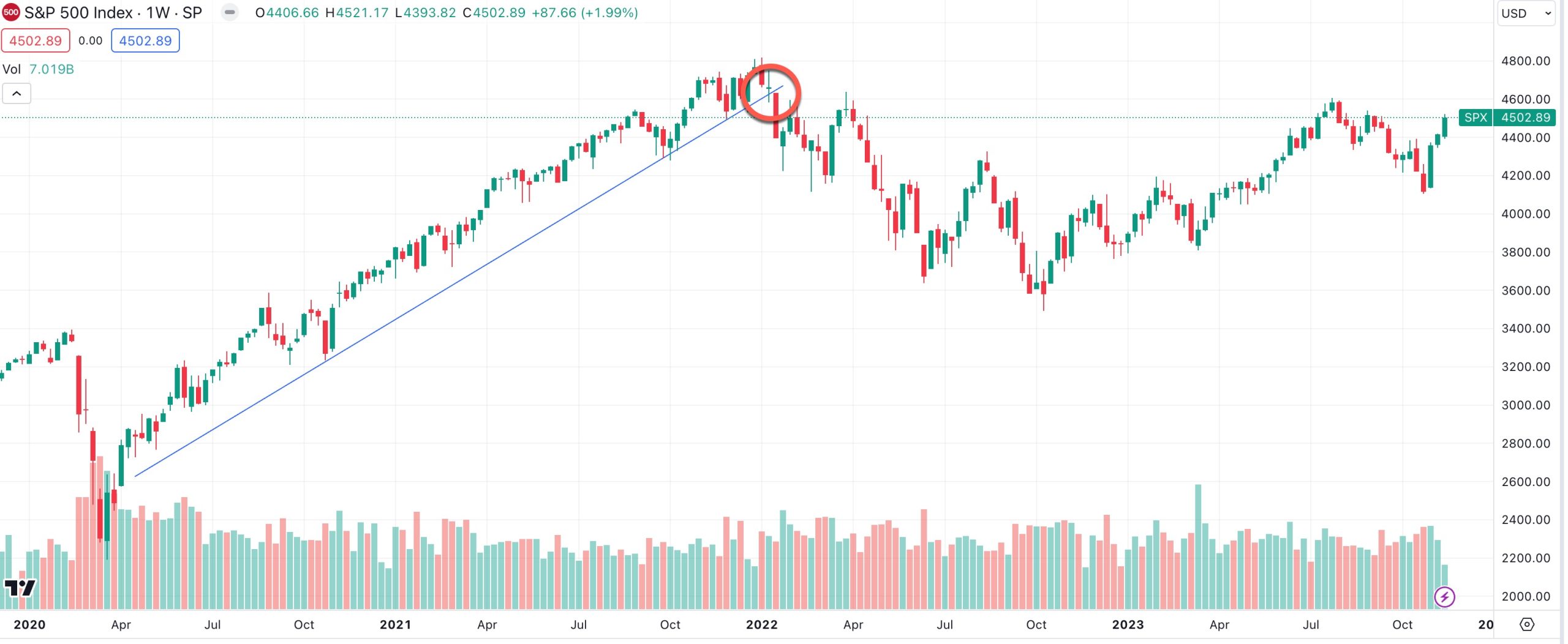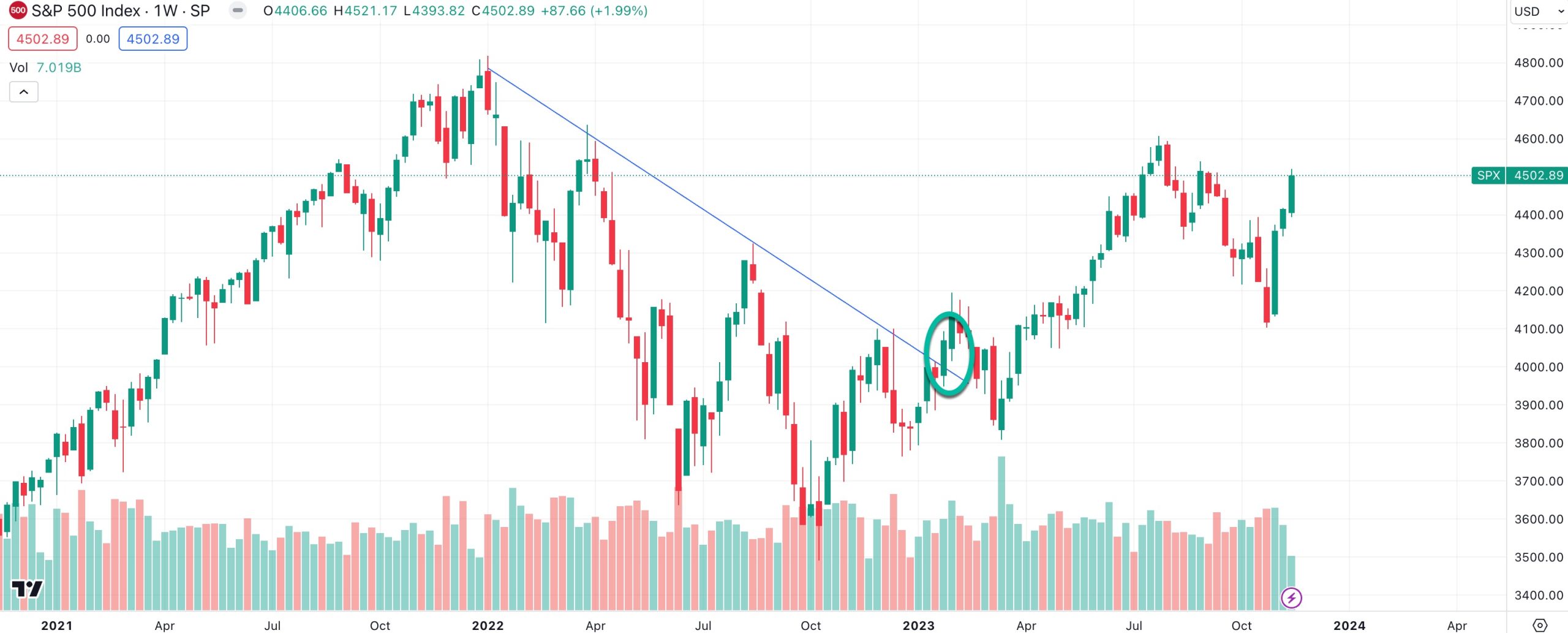Market Commentary: No-Brainer Way To Beat The Market
If you want to beat the market, some will tell you it’s not possible. And then there’s Warren Buffett, proving every day it can be done. But what if you can’t pour over earnings reports and 10-Qs daily like the Oracle of Omaha? Is there another way that few have cottoned onto but which is fairly simple and doesn’t require a ton of work?
Maybe. There are no guarantees in the world of investing but here’s a sneak peak into a way to potentially beat the market returns without dedicating your life to individual stock-picking.
Our quest begins at Vanguard, the l0w-cost ETF provider. If you’re already a little foxed as to how a diversified exchange-traded fund could be your secret to beating the market, hang tight, and read on.
Key Points
- Vanguard’s Growth Index Fund (VUG) offers an alternative with its diversified portfolio, capable of outperforming the market over long periods despite short-term fluctuations.
- VUG experienced underperformance in 2022 but significantly outperformed the market in 2023, demonstrating strong long-term potential.
- Enhancing returns by switching between VUG and standard ETFs like SPY/VOO, based on market trends, can optimize performance in varying market conditions.
How To Beat The Market
It’s no secret that beating the market means, necessarily, taking on more risk than buying an S&P 500 exchange-traded fund, such as SPY or VOO. What makes those attractive is you can’t underperform the market, but it’s hard to get very rich that way unless you allocate a consistent stream of capital monthly to the fund and hope it grows, as it has done historically.
So what’s an alternative path? For that we turn to The Vanguard Growth Index Fund, an ETF with symbol VUG. It comprises over 200 individual stocks that include some of the top technology names like Alphabet, Apple and Amazon, as well as healthcare stocks like Eli Lilly and a host of finance, energy, and consumer staples enterprises too.
In 2022, Vanguard’s growth ETF had a very poor year, falling by approximately a third, a significant underperformance relative to the S&P 500, which crashed lower by closer to 20%. If you were puzzled by an ETF choice to beat the market, it probably makes downright no sense now why this article is discussing an ETF that has fallen short of the market’s track record last year.
But there’s more to the story than meets the eye, so far.
The Little-Known Strategy To Outperform The Market
You see, there is another side to the underperformance in 2022, which is the outperformance in 2023. This year, VUG is up 38.98% while the S&P 500 has risen by 17.7%. In other words it has done more than 100% better than the flagship major market average.
Better yet, on a 5-year time horizon, VUG is up by over 100% while the major market average is up by around 65%. So, yes VUG underperformed the S&P 500 when the bear market was in full force but it outperformed by a greater extent in 2023 during the bull market.
If the relative underperformance during pullbacks is lower than the relative outperformance during bull runs, VUG offers a vehicle to beat the S&P 500 over the long-term.
And then there is this additional tweak to the strategy. Knowing that VUG tends to do worse than the market during bearish times, investors can re-allocate capital from VUG to SPY or VOO during those volatile periods, thereby tracking the major market’s performance during declines while hopping back to VUG during bull runs for enhanced returns.
How To Time The Transition
But when do you leap from VUG to SPY? Simply take a look at the chart below.
When a major weekly support trend line has broken, you can make the switch with relative confidence. For example, in early 2022 the bullish support line from 2021 was broken and the market fell for most of the 2022 calendar year.
Then in 2023, you can see the downtrending resistance line was broken to the upside, suggesting a bull run was in the offing. That was the signal to move back from SPY to VUG.





